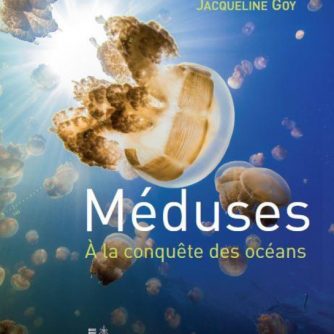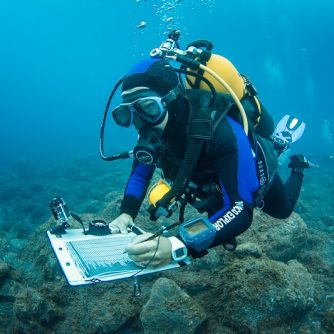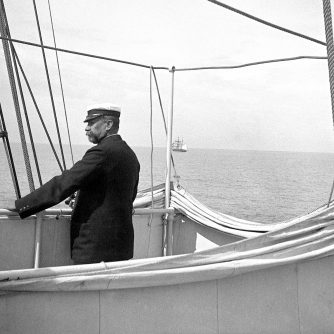PARTYING WITHOUT BALLOONS
Balloons have to go, not parties!
- Home
- Actualités
- Party without balloons
Initiative: partying without balloons
Balloons are symbols of celebration, they evoke festivity, joy, conviviality… but released in the air, they end up in the ocean and threaten our environment.
Many sea turtles, dolphins and birds mistake them for food and die.
The Government of Monaco, the Prince Albert II of Monaco Foundation and the Oceanographic Institute are joining forces to carry out the “Fête sans ballons” initiative in order to invite citizens to contribute and get involved by proposing ideas and alternatives that would be just as festive but more environmentally friendly: together, let’s invent a celebration that also gives pleasure to marine turtles…
What happens to a balloon when it is released...
A released balloon rises into the sky, until it deflates or the decrease in atmospheric pressure causes it to burst into multiple fragments.
This debris then falls back to land and sea far from its release point. According to the United Nations Environment Programme (UNEP), balloons are in the top 10 of recreational waste found on the coast. They can travel thousands of miles and pollute the most remote and pristine areas.
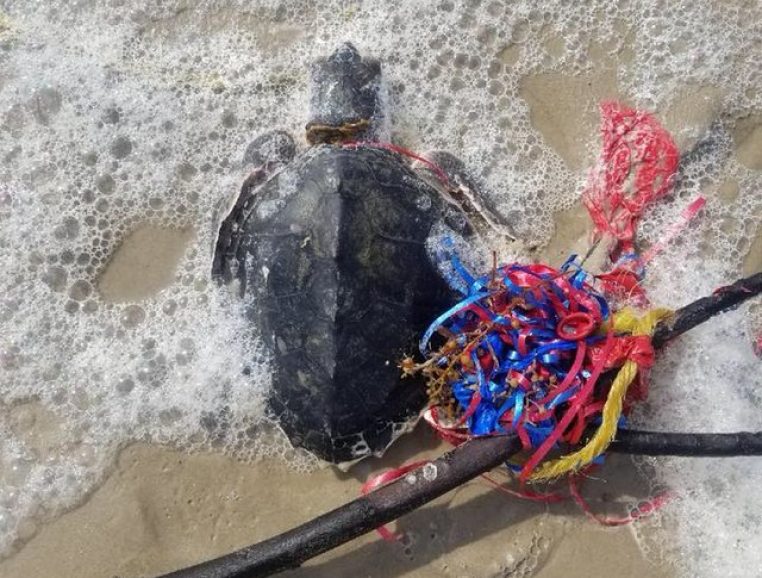
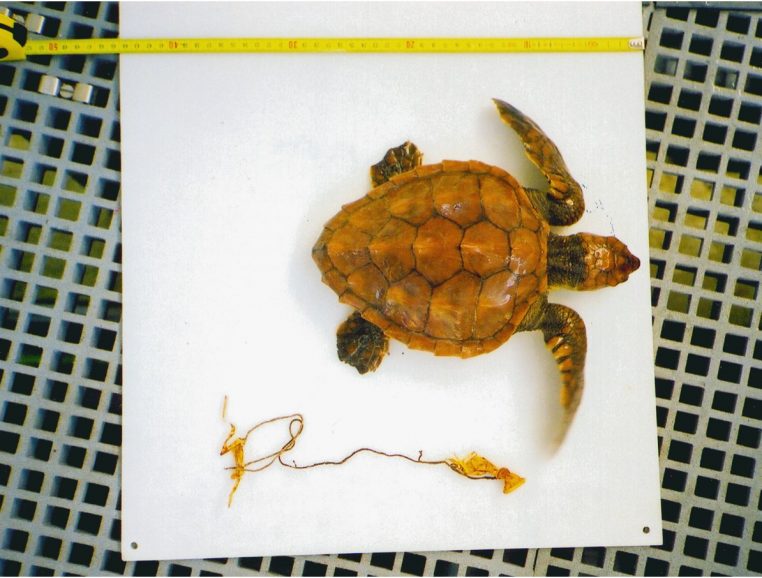
...and what are the consequences for the sea?
Balloons have a negative impact on our environment by polluting streams, lakes and beaches. Dropping a balloon is the same as intentionally throwing garbage on the ground or into the ocean.
As the balloons make their way through the water, their tattered ends and floating pieces can resemble jellyfish or other marine life that are eaten by marine animals such as sea turtles, fish and dolphins.
When these pieces are mistaken for food and ingested, they can become lodged in the digestive tract of a turtle, for example, preventing the animal from eating and causing a slow and painful death.
This young loggerhead turtle Caretta caretta, about 20 centimetres long, taken in charge by the Oceanographic Museum, had her life saved in extremis when she was able to evacuate the balloon she had ingested.
WHAT ABOUT ON LAND?
Terrestrial wildlife can also fall victim to balloons and balloon strings when the pieces fall to the ground along roads, rivers or on trees and bushes.
Birds have been found injured with ribbons wrapped around their beaks or wings and strangled when entangled in strings attached to trees or power lines.
And just like marine animals, they can succumb after ingesting balloons. Unfortunately, nearly half of all seabird species are susceptible to debris ingestion. Debris has also been found in nests and birds have been observed feeding their young with it.
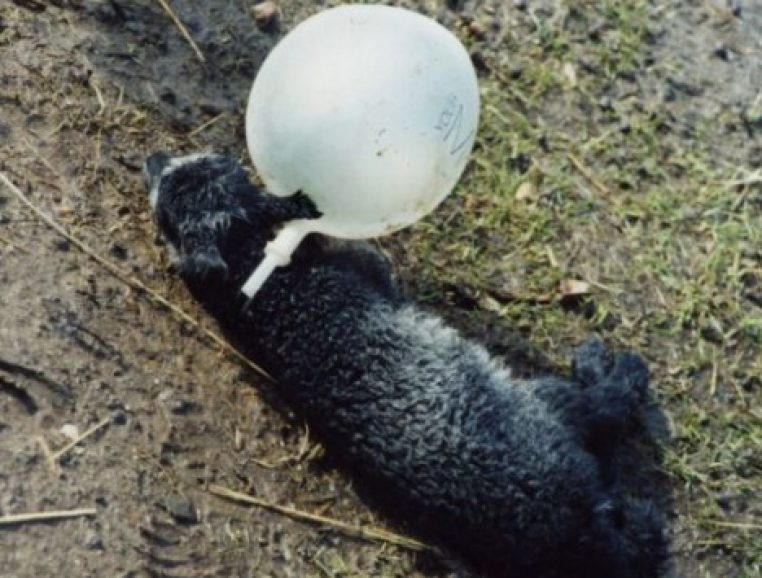
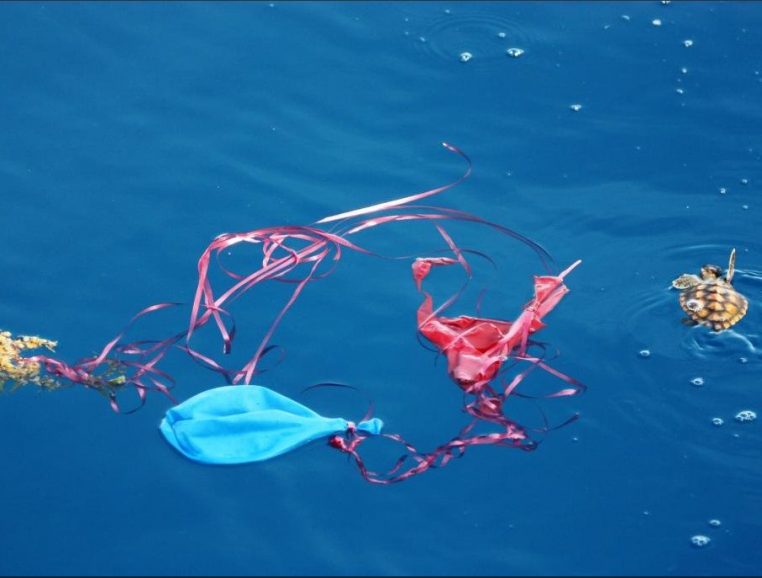
WHICH BALLOONS ARE WE TALKING ABOUT?
These are “Unmanned free balloons carrying no payload (including balloons and flying lanterns with no payload or negligible payloads such as letter cards)”.
These balloons are for recreational, leisure or commemorative purposes. They are pollutant by their envelope, by the rigid plastic rod or by the ribbon or fastener with which some models are equipped.
Having fun without balloons
Balloons are usually manufactured by polymerization, and are therefore non-biodegradable.
Although there are balloons that are labeled “100% biodegradable”, it is important to note that the term biodegradable has no normative or regulatory status. Moreover, this degradation only takes place under specific conditions after a certain time.
Even when called “biodegradable”, balloons are still harmful to the environment and dangerous to many animals. It is therefore not advisable to drop them in the air!
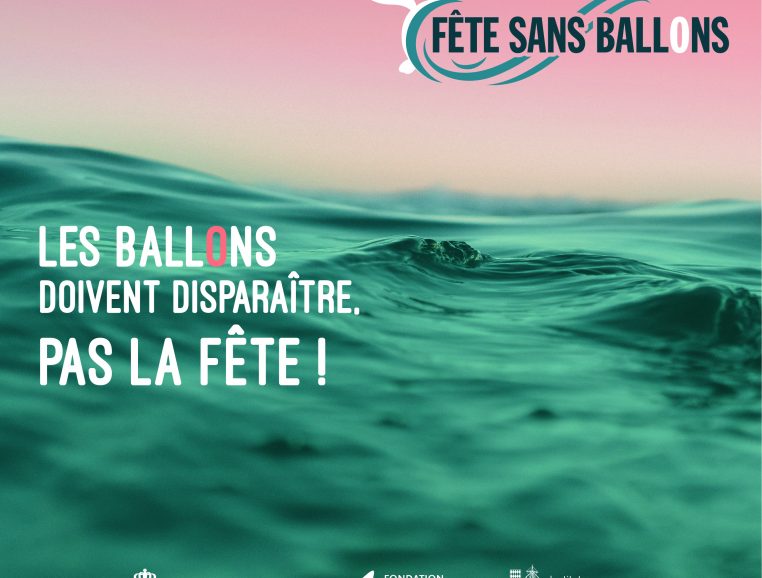
ALTERNATIVES: A CALL FOR IDEAS
There are already some alternatives such as natural soap bubbles, paper pompons, candles, kites or reels, pennants, banners…
If the use of balloons is unavoidable for you then keep your balloons indoors to reduce the risk of accidental waste, ensure that the outer balloons are securely fastened, avoid using non-biodegradable (film-coated) mylar balloons and ensure that all balloons and accessories (such as clips and ribbons) are collected.
You can also let your imagination run wild and who knows what creative, one-of-a-kind ideas you might come up with!
Don’t hesitate to tell us about it on the Facebook page of our initiative!







